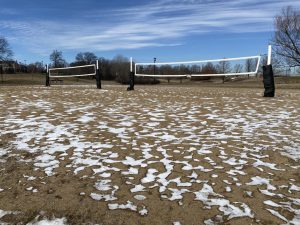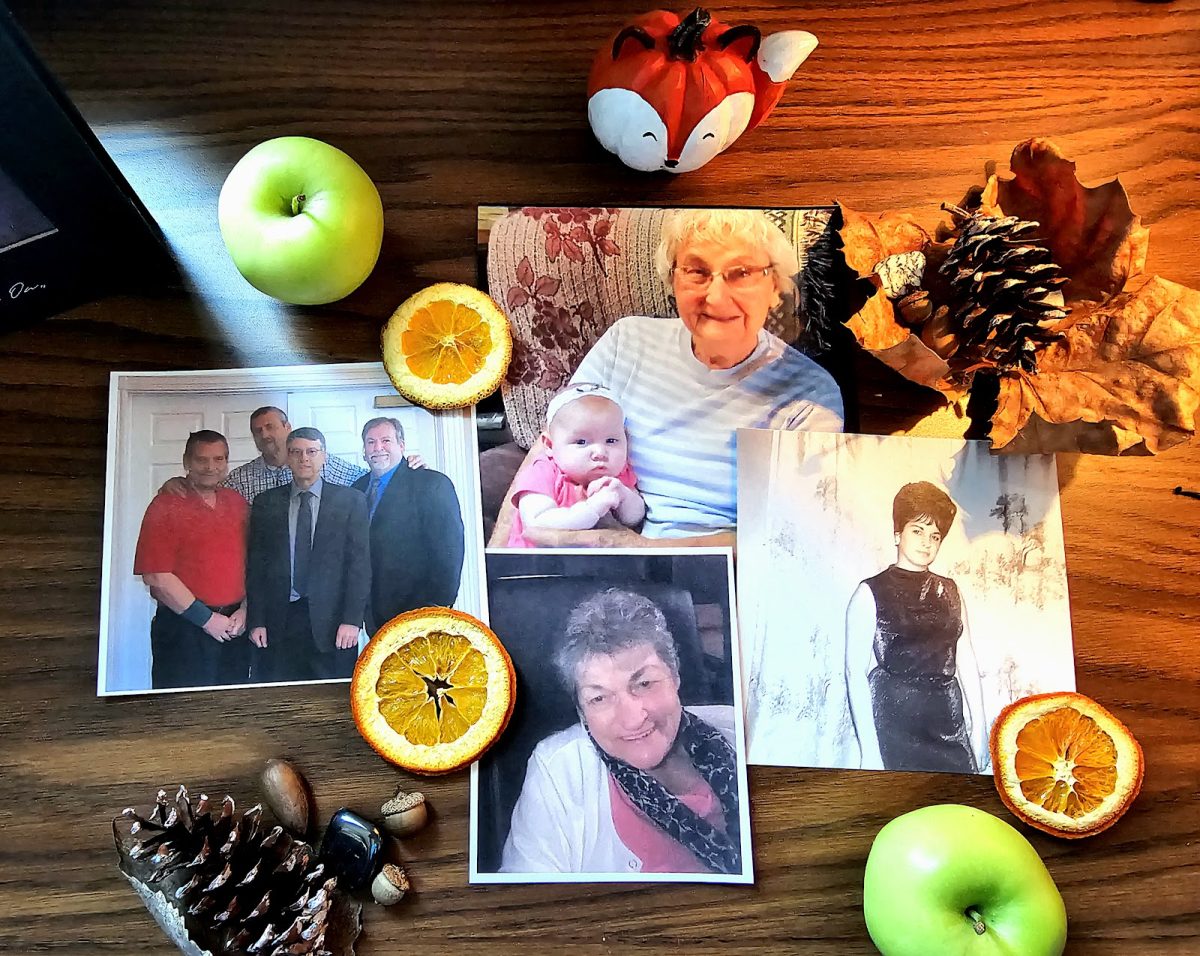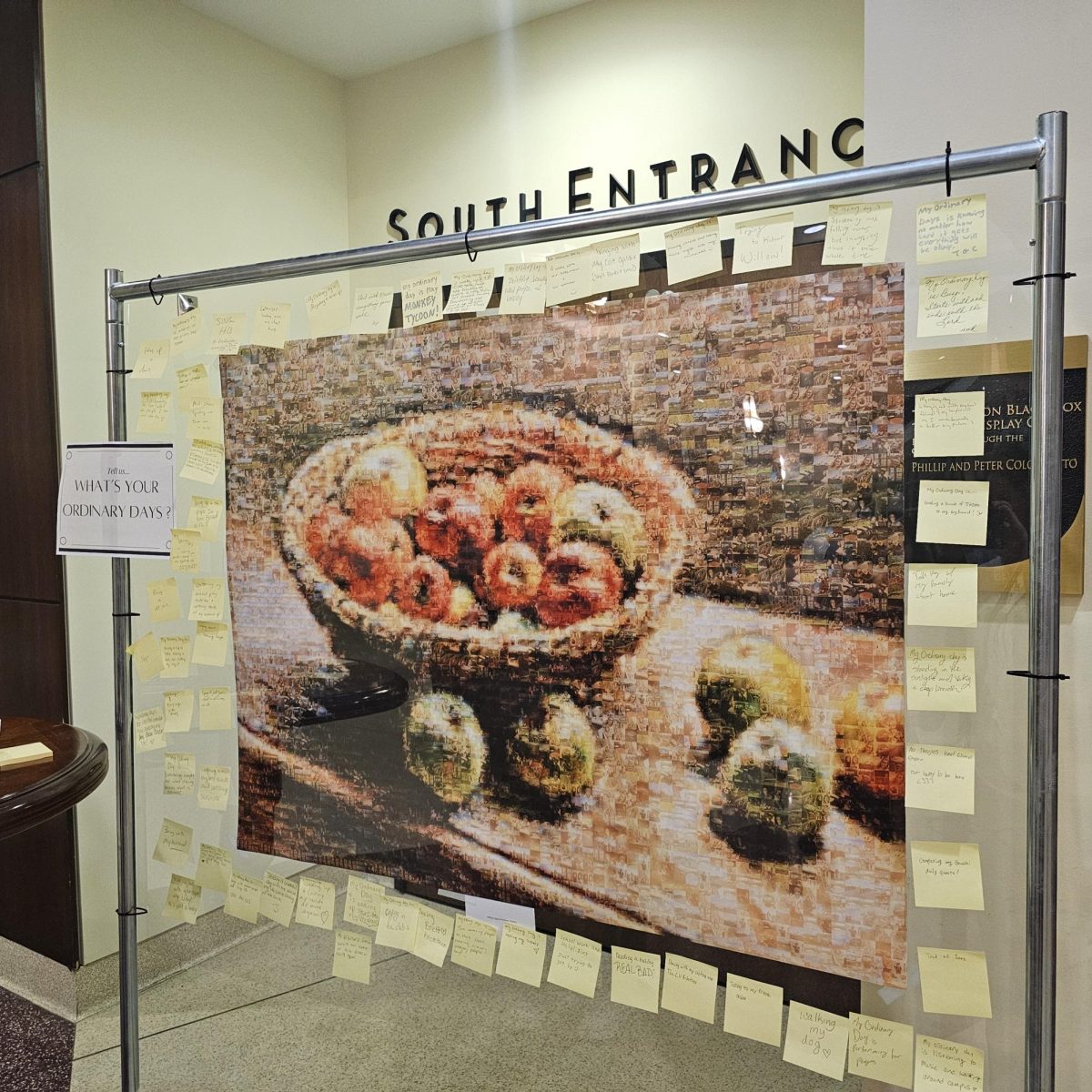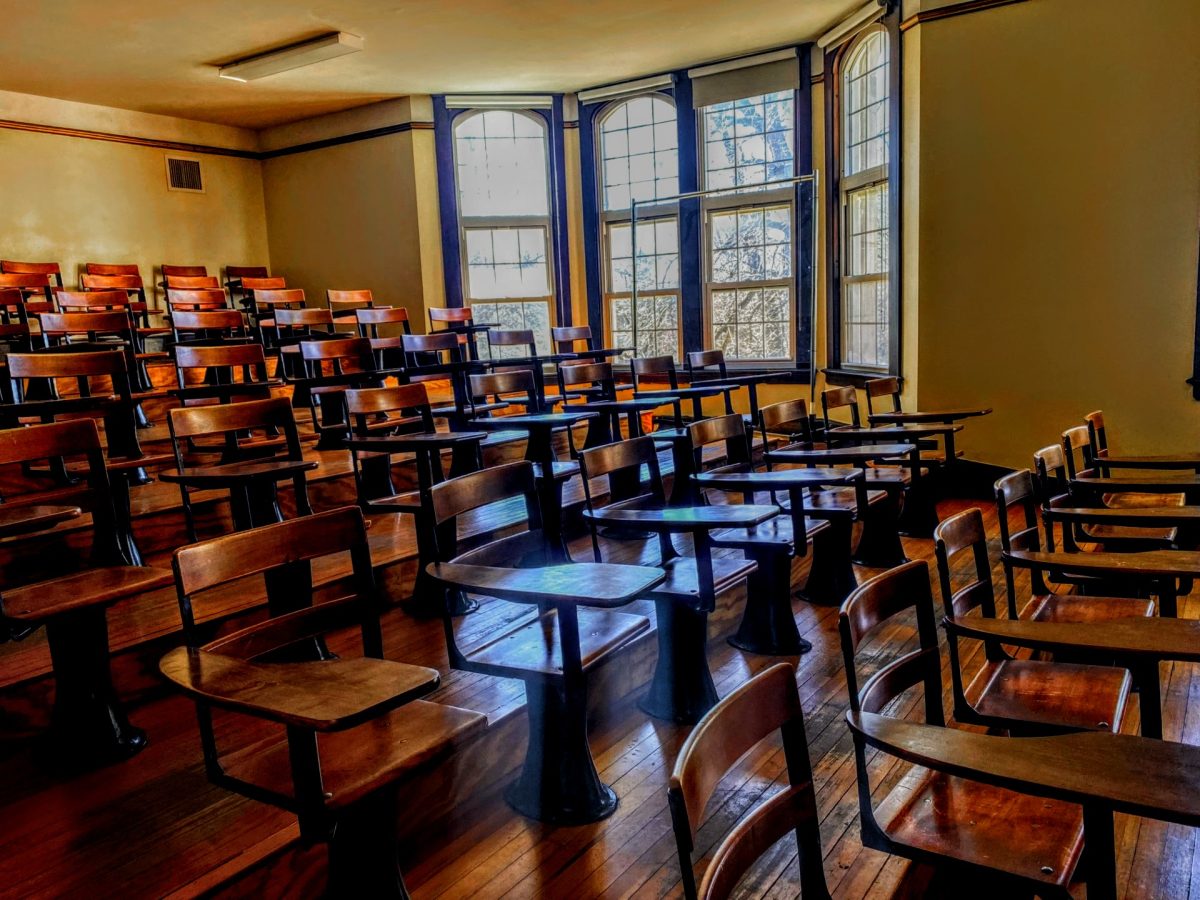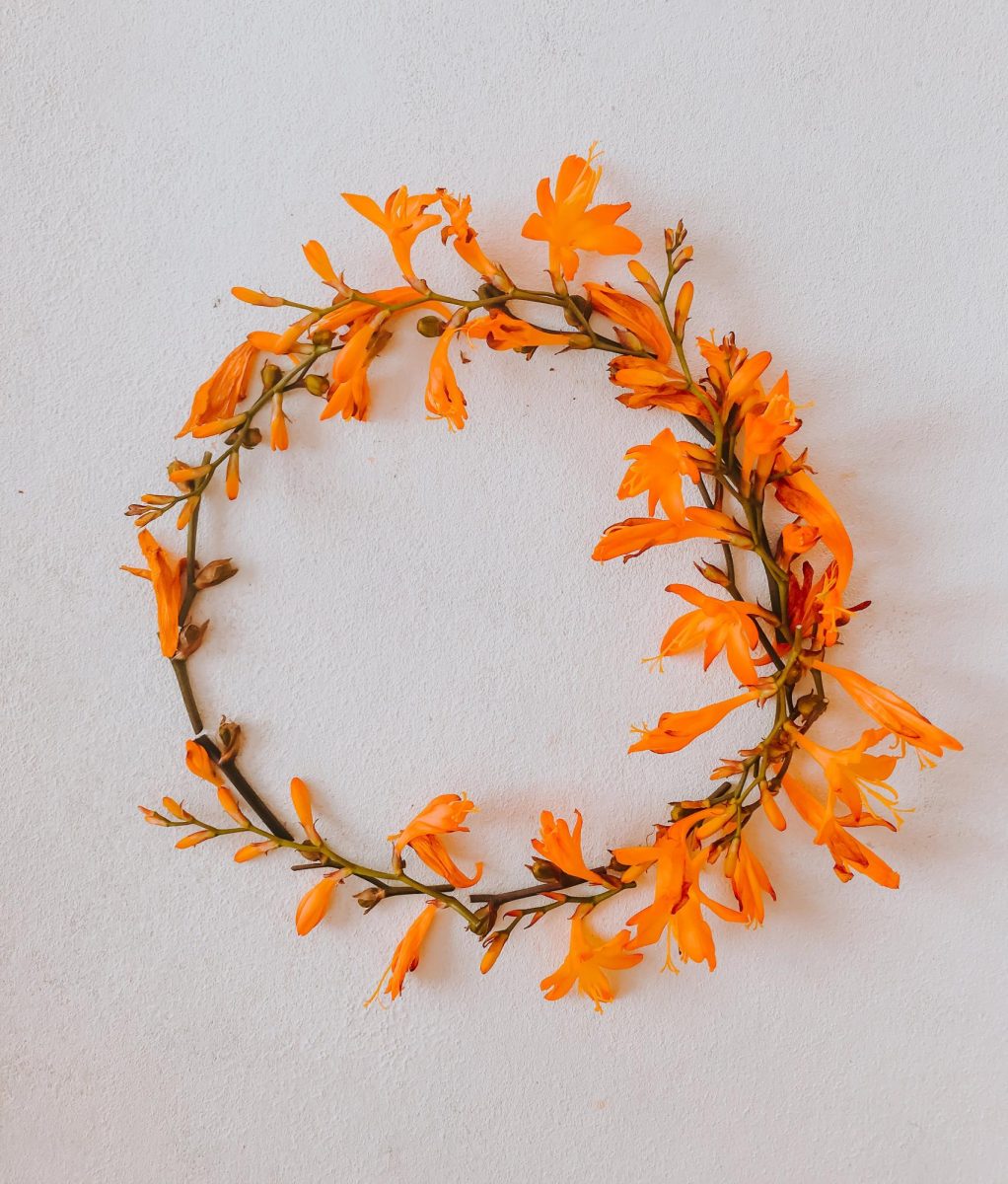Nov. 1 marks the end of the Celtic Year, and on the eve of this is the celebration of Samhain (pronounced SAAH-win).
Nov. 1 was the midpoint between the autumnal equinox and the winter solstice, in Celtic tradition, the eve of this day, Oct. 31, was believed to be a time when the veils between the worlds of the living, the dead and the fae were thinnest. This day of Samhain has long been celebrated in Ireland and Scotland, all the way back to the early inhabitants of the land back in 3500 BCE, during the Neolithic age otherwise known as the Stone Age.
Neolithic celebrations are unknown due to a lack of written documentation, however, they built a tomb now known as the Passage of Hostages that is positioned to fill with the light of the early morning sun every year on Samhain. This small dome passageway is covered in swirling runic symbols and is located in the middle of what is now known as the Hill of Tara. The passage’s name is derived from symbolic exchanges of hostages that took place at the Hill of Tara.
Sometime between 3500 BCE and 500 AD, this tradition shifted to the traditions of Samhain, most prominently the fire festival held on the Hill of Tlachtga.
The Celtics believed that the fire would help push away the growing darkness because the sun’s light became shorter and shorter during the harvest season. The large fire on Tlachtga Hill was meant to provide more light to fend off fae and spirits, tradition stated that every home in Ireland waited to light their fires until the bonfire had been lit.
In the darkness of this long night, it was thought that time stood still and the God of the dead, Donn, would roam the land with spirits trailing behind him.
Any person who committed a crime on the sacred day would automatically be sentenced to death. Families would put out food for their lost relatives in hopes that the spirits would leave their homes in peace as they passed through.
Some homes had what is called “dumb supper,” where the entire family would eat in silence with a plate set out for the deceased. Celts would pray to their ancestors for luck in the oncoming year and believed that ancestors who were not honored would rain bad health down on the household.
Those who wished to see how they would fare in the new year would stand on their porch, stories say that they would see the faces of all who would die before the next Samhain.
The danger in this tradition was that you may see your face, and your fate would be sealed, so all places in between were avoided.
The edges of town, porches, crossroads, and the edge of one’s land were places where the fae could take away the unsuspecting traveler. If one had to travel on the night of Samhain, they would disguise themselves as fae or animals, hoping the masks would protect them from the mischievous otherworld denizens.
This tradition bothered the early members of the Vatican, in the 7th century the church declared the celebration of Samhain as heresy, but this did not dissuade the Irish. They continued the tradition, even after Ireland was converted to Christianity, so much so that Pope Gregory IV moved All Saint’s Day to November 1st in hopes of forcing them to halt their celebrations. Nonetheless, the traditions of Samhain have stood the test of time.
Early Irish immigrants to America brought pieces of the tradition with them, costumes on the evening of Oct. 31 to keep the spirits and the fae from recognizing them. These costumes are now a hallmark of the American celebration of All Hallow’s Eve.
Today, Wiccan practitioners borrow from the tradition of Samhain with Witches’ Balls and Bonfires. Pagan practitioners will put out offerings to the dead and leave gifts for the fae as pass through the land. Even here in St. Charles, the downtown Lanterns and Legends festival celebrated this rich tradition for October. They hosted Ulchabhána, a Druid Priest, to share the tradition and history of Samhain with anyone who wishes to learn or visited the Lanterns and Legends festival on main street.
As a modern-day Pagan practitioner, I do a mix of everything. I cannot exactly host a large bonfire on Lindenwood grounds, so instead I spend time with friends and loved ones. I set out an altar for my ancestors and those who wander past in the long night. My alter changes from year to year but there are some recurring symbols. Dried oranges and fallen acorns typically find their way onto the table alongside photos of my lost relatives. I write letters to them, telling them of the year that has passed and hoping they will help me move past all that has held me down.
If I were home for Samhain I would burn these letters out in my garden, but for this year I will have to make do with leaving them on my altar. I also like to do a tarot reading for fun before bed on Samhain, using the cards to reflect upon the things I have overcome and faced.
If you find yourself wanting to do something to mark the occasion, I recommend taking a moment to reflect.
Go on a walk in the afternoon, find a fallen leaf you think is beautiful, and tuck it away to remind you of the beauty in death. Maybe just set aside an hour of your day to turn on a movie and do some crafting, give yourself a break. If you want to do something a little more spooky you can always try looking in a mirror at midnight to see the face of the person you are to marry, but beware that Donn the lord of the dead can sometimes appear in their stead. Remember, if you leave home after dark on Oct. 31, make sure to wear a mask so the fae do not whisk you away.






